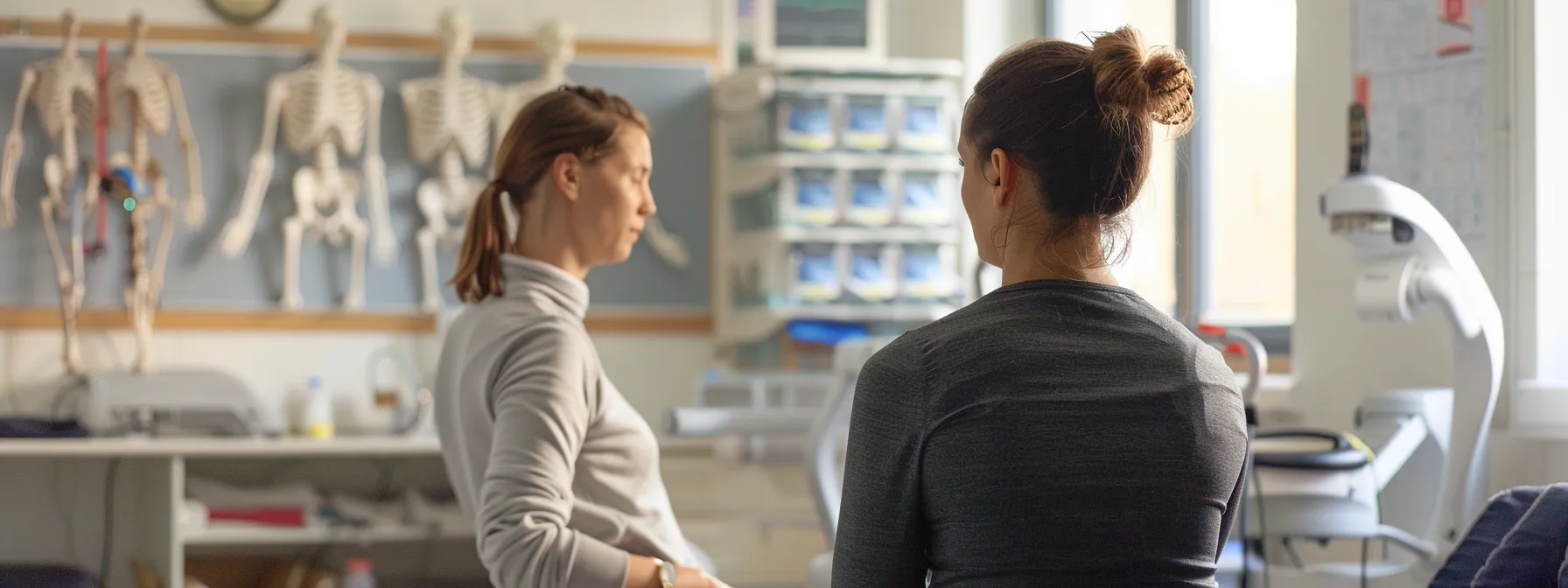The Role of Physiotherapy in Injury Rehabilitation
Injuries from sports, accidents, or day-to-day activities can disrupt our lives and leave us seeking effective methods of recovery. Physiotherapy emerges as a cornerstone treatment option, offering a non-invasive pathway to healing and restoring function. By leveraging various techniques and exercises, physiotherapists help patients overcome pain, regain mobility, and return to their pre-injury lifestyle. The discipline’s holistic approach not only heals physical ailments but also promotes overall well-being. Below, we delve into the invaluable role of physiotherapy in injury rehabilitation, breaking down how it facilitates full-circle recovery for individuals facing physical setbacks.
Understanding the Importance of Physiotherapy in Injury Recovery

Physiotherapy plays a pivotal role in the recuperation process, providing relief and rehabilitation for a broad spectrum of injuries. Its primary goal is to alleviate pain and restore normal body functions. Through personalized treatment plans, physiotherapists address the unique needs of every patient, considering the nature and severity of each injury.
Another significant aspect of physiotherapy is the focus on patient education. By understanding their conditions and the mechanics behind their injuries, patients are better equipped to participate in their recovery actively. Knowledge about proper body mechanics and posture can not only accelerate healing but also help in preventing future injuries.
As a science-based practice, physiotherapy continues to evolve with advancements in medical research. New techniques and treatments are regularly integrated into practice, ensuring that patients receive the most current and effective care available. For example, Crawley Physiotherapy integrates an evidence-based approach to help patients get back on their feet with personalized rehabilitation strategies.
The Role of Manual Therapy and Exercise in Physiotherapy
Manual therapy is a key component of physiotherapy, involving hands-on techniques to manipulate muscles and joints. These procedures aim to reduce pain, improve circulation, and increase range of motion. Techniques like mobilization, manipulation, and myofascial release are common practices utilized by physiotherapists to rehabilitate patients effectively.
Exercise is equally fundamental in physiotherapy, tailored to improve strength, flexibility, endurance, and balance. Through targeted exercise regimens, patients work on the specific muscles and joints affected by their injuries. The gradual and controlled nature of these exercises serves to rebuild strength without overstraining the recovering areas.
A combination of manual therapy and exercise allows patients to receive a multifaceted approach to recovery. While manual therapy provides immediate relief and mobility improvements, the exercises ensure these gains are built upon and sustained over time. This holistic approach fosters a more comprehensive and lasting recovery.
Utilizing Physiotherapy to Prevent Future Injuries
While physiotherapy is essential for healing, its preventive benefits are equally important. By strengthening the body and correcting imbalances, physiotherapy can significantly reduce the risk of future injuries. Education on proper body mechanics plays a critical role in this preventive approach, as patients learn how to protect themselves during physical activity and everyday tasks.
Regular assessments can identify potential risk factors for injuries, such as weak muscles or poor flexibility. By addressing these issues proactively, individuals can avoid common ailments associated with their specific lifestyles or activities. Physiotherapy, therefore, acts as both a remedy and a shield against potential physical setbacks.
Moreover, physiotherapists collaborate with patients to create comprehensive maintenance programs that extend beyond the period of acute recovery. These programs include exercises and strategies to maintain and enhance physical health, keeping the body robust and resilient against injuries.
Measuring Progress: The Role of Assessment and Goal-Setting in Rehabilitation

Measuring progress is a vital aspect of injury rehabilitation. Without clear benchmarks, it’s challenging to gauge the effectiveness of physiotherapy interventions. Regular assessments by the physiotherapist allow for the monitoring of improvements and the adaptation of treatment plans to reflect the patient’s recovery stage.
Goal-setting is inherently tied to these assessments, providing motivation and direction for the patient. Goals are set according to individual capabilities, preferences, and needs, which maintains patient engagement and fosters a sense of achievement as they are met and surpassed.
Lastly, communication between the patient and physiotherapist is crucial during the assessment process. Open dialogue on how the patient perceives their recovery can uncover invaluable insights that enhance treatment effectiveness and lead to better-tailored intervention strategies.
Altogether, the integration of physiotherapy into injury rehabilitation is a powerful means of patient recovery and future injury prevention. Customized treatment plans, combined with progressive exercises and preventive education, allow physiotherapy to serve as a cornerstone of effective and holistic healthcare.




